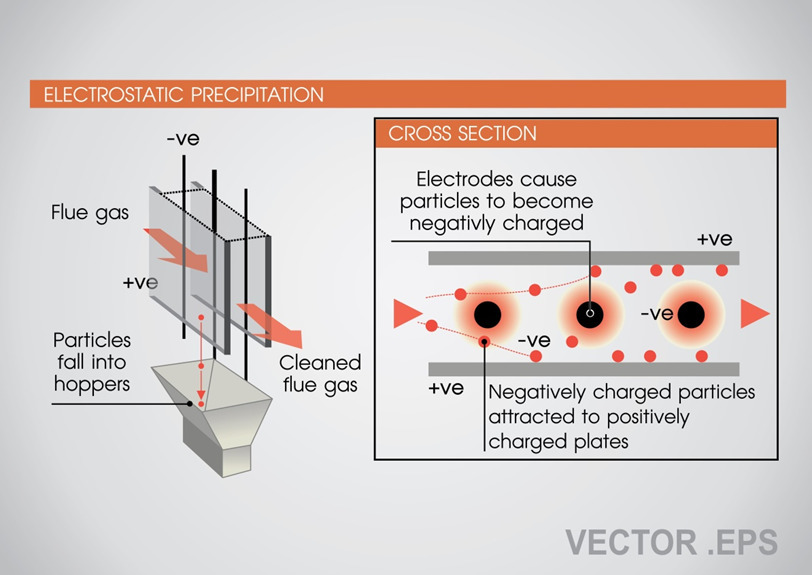During this election fever, I would like to explore what are the legislations that have been put in place to control the emission of pollutants into our atmosphere.
- Occupier of an industry that requires to burn fuel to operate, needs to maintain its equipment, install and maintain air pollution control equipment.
- They should also ensure that there are no dark smokes emitted. Once there are dark smoke observed its equipment’s have to be inspected to rectify the dark smoke issue
- This regulation applies to smoke from exhaust too. During the quarterly vehicle inspection, the smoke from the exhaust will be checked.
- The level of impurities in the emission also should not exceed a certain prescribed level.
- They also have to ensure that the chimney is tall enough to release the air into the atmosphere after going through the control equipment
- These equipment include:
- Scrubbers remove particulates & gases from the industrial equipment emission before they are released into the atmosphere.
- Air filters are devices that act as filtration, usually fabric, sintered metal, or ceramic. It collects and removes dry particulates & contaminants such as dust, pollen, microbes, or chemicals from air passing through them.
- Cyclones also referred to as cyclone dust collectors which are similar to air filters that separate dry particulate from gaseous emissions. however, instead of using a filter, it uses the centrifugal force to collect & remove the particulates. The particulates are accumulated and drop to a collection area and the cleaner gas passed upwards.
- Electrostatic Precipitators use electrostatically charged plates to attract the ions particulate.

A diagram illustrating the mechanism of an electrostatic precipitator. Image Credit: Studio BKK/Shutterstock.com
- Mist Collectors, also known as moisture eliminator filters, removes moisture and vapors such as smoke, oil & mist from gas streams. These devices use fine mesh-like filters to separate the liquid vapors and collect them into a separate chamber.
- Incinerators are devices that use combustion to breakdown pollutants into non-toxic byproducts. This is widely used to convert VOCs, Hydrocarbons, and other Hazardous Air Pollutants(HAP) into not harmful compounds such as carbon dioxide, nitrogen, and oxygen. Usually, it is followed by scrubbers as it removes any additional compounds formed through the combustion process.
With this equipments installed the industrial premises will allow the operations to go on.
Now I know why we don’t see much of dirty smoke in our industrial estates.
Reference:
Environmental Protection and Management Act (EPMA)
Part IV Air Pollution Control
https://sso.agc.gov.sg/Act/EPMA1999#:~:text=Search%20within%20Legislation&text=An%20Act%20to%20consolidate%20the,and%20for%20purposes%20connected%20therewith.&text=1.,Environmental%20Protection%20and%20Management%20Act.
Air Pollution Control Equipment
https://www.thomasnet.com/articles/plant-facility-equipment/understanding-air-pollution-control-equipment/
Leave a Reply